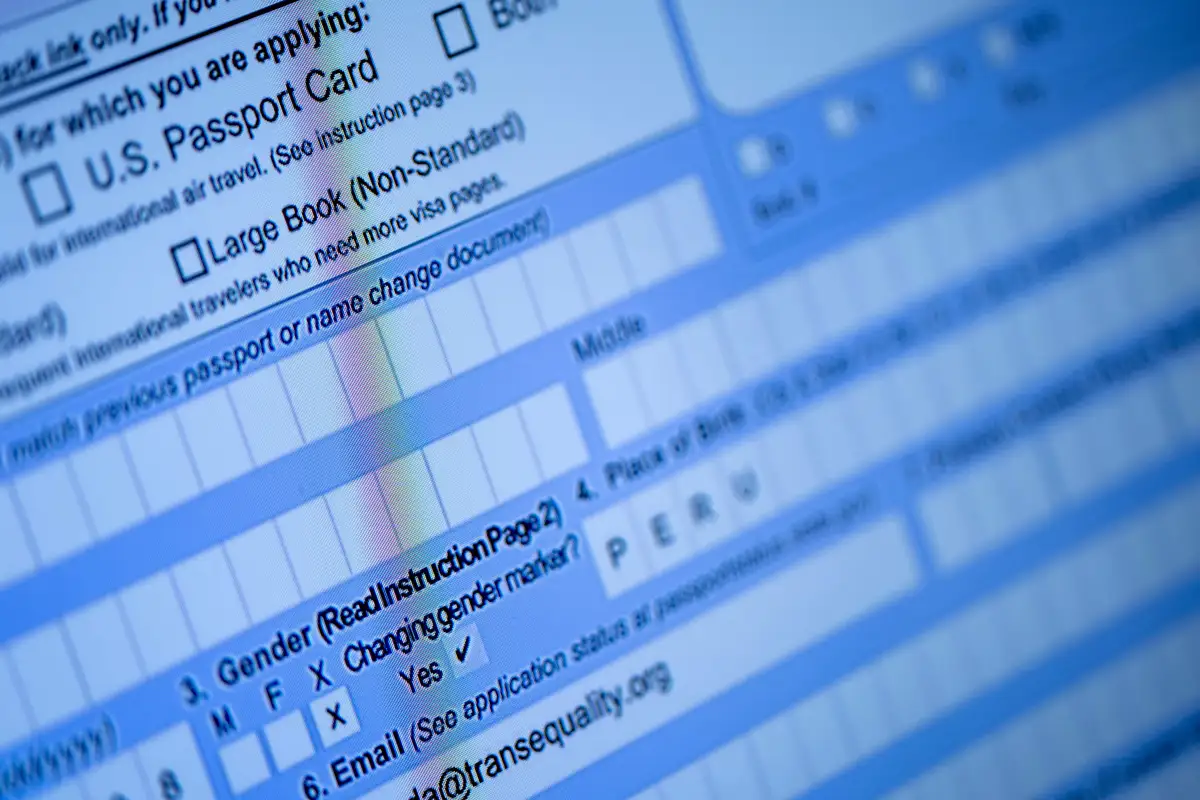Copyright news18

Most people think a stroke is something that happens only to older adults. The fact is, children even newborn babies can have a stroke. However, diagnosis is often delayed because pediatric strokes are rare and the signs can be subtle, with babies or young children unable to communicate what is happening. Dr Shekhar Patil, Senior Consultant, Adult & Paediatric Neurology, Apollo Hospitals, Navi Mumbai, helps us understand what to look for, how to respond, and what simple steps can reduce risk. Understanding Stroke in Children A stroke occurs when blood flow to part of the brain is blocked by a clot (ischemic stroke) or when a blood vessel bursts and bleeds (hemorrhagic stroke). In children, the common causes include congenital heart defects, disorders of blood vessels in the brain, infections that inflame arteries, blood-clotting disorders, sickle cell disease, head and neck injuries, severe dehydration, and, in infants, complications during birth. Sometimes, there is no clear cause. Whatever the trigger, the message is the same: any sudden change in a child’s movement, speech, vision, balance, or behaviour requires urgent medical attention. Recognizing the Signs: Think “BE FAST” The easiest way to remember the classic warning signs is the acronym BE FAST, adapted for children: B – Balance: Watch for sudden balance problems, unsteady walking, or repeated falling. E – Eyes: Look for sudden vision loss or double vision. A child might say, “The room is going round and round.” F – Face: Check for a drooping face or an uneven smile. A – Arms (and Legs): Test for weakness or heaviness on one side. Does one arm or leg move less than usual? S – Speech: Listen carefully — slurred words, mixing up words, not understanding simple instructions, or a toddler who suddenly stops babbling may all be signs of stroke. T – Time: Act immediately. Call the emergency number 1066 for an ambulance. Do not attempt to drive if your child’s condition is changing. How Strokes Present in Babies and Toddlers Babies and toddlers can show different signs from older children. Newborns may have seizures on one side of the body, be unusually irritable, feed poorly, or have a weak cry. An infant who shows a strong preference for using one hand before 12–18 months, or keeps one fist tightly clenched, may be showing weakness on the other side. In older children, symptoms may include a sudden severe headache, vomiting without fever, confusion, or excessive sleepiness especially when accompanied by weakness or vision changes. Conditions That Can Mimic a Stroke Some conditions such as severe migraine, seizures, low blood sugar, Bell’s palsy, or inner ear disorders can look similar to a stroke. That’s why rapid medical evaluation is critical. Emergency and pediatric neurology teams can initiate a “code stroke” pathway for children, including brain imaging such as a CT scan (to rule out bleeding) followed by MRI and vessel imaging as needed. If a clot is identified, and the child meets timing and size criteria, treatment may include clot-busting medication or mechanical thrombectomy (a minimally invasive procedure to remove the clot). Treatment and Recovery Supportive care during treatment includes managing breathing, blood pressure, and blood sugar, as the brain is very sensitive to fluctuations. Once stable, early physiotherapy, occupational therapy, and speech therapy begin as soon as it’s safe. The young brain is remarkably plastic, and with timely rehabilitation, many children recover significant function. Reducing the Risk If a child has a known risk factor such as a congenital heart condition, sickle cell disease, or a previous stroke or transient ischemic attack (TIA), regular medical follow-ups are essential. Other preventive steps include: Keeping vaccinations up to date, as some infections can inflame blood vessels. Encouraging good hydration during illness, travel, or sports in hot weather. Using helmets for cycling and skating. Always using seat belts or child seats in cars to prevent head and neck injuries. When Every Minute Counts Trust your instincts, you know your child best. Any sudden, unexplained change, especially weakness on one side of the body or changes in speech or balance, must be treated as a medical emergency. Minutes matter because brain cells cannot survive long without oxygen. Fast action can save the brain, preserve function, and protect your child’s future.



